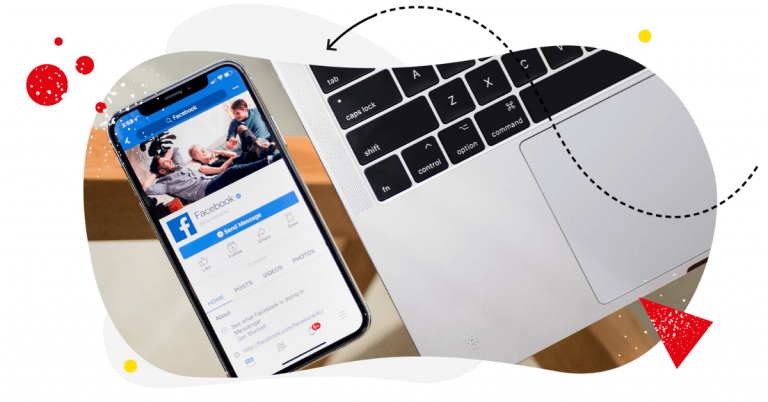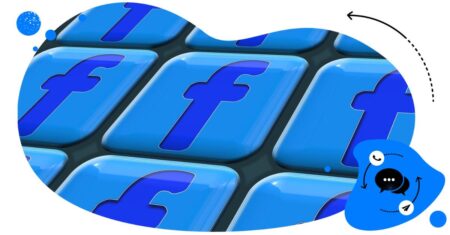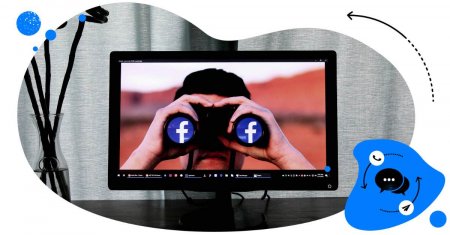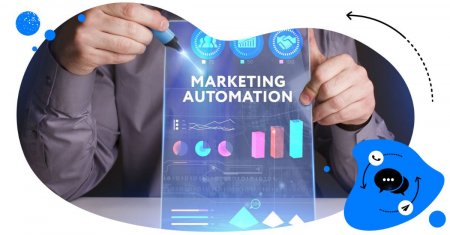I read a fact recently that blew my mind. One-third of the entire world’s population is on Facebook. Sure, I’d heard the numbers1 before, but who really stops to put them into context?
Let’s just think about that for a second. One-third of the world’s population…
If there was a mall where you could set up shop and guarantee that a third of all of the people on the planet would stop by at some point to take a peak, you’d buy that shop. Or, maybe you wouldn’t because the value of that thing would be out of this world. But, you get my point… Facebook has an unprecedented audience.
Not only is it big, but it’s also pretty cheap in the world of PPC.
Between Google Adwords, Bing Ads and Facebook Ads, Facebook comes out top for value. It might not have quite the reach that Google Ads does, but it’s a lot less expensive (CPA for Google Ads is around 2.62 higher than for Facebook Ads).
In fact, depending on the industry:
Facebook ads can be as cheap as $0.63 per click.

Well dang!
But, unlike Google and Bing, Facebook’s users aren’t on the platform to spend money. No one logs into Facebook to look for products. They’re there to talk to friends, keep up with everyone’s lives, play the odd game and share dank memes.

Let’s take a peek at what that looks like in data form.

What this translates to is low buying intent and, to most marketers, the danger of low ROI. But, in the words of Seth Godin…
“You can use social media to turn strangers into friends, friends into customers, and customers into salespeople.”
And, as with any form of paid advertising, there’s a right way to do it and the way that’s metaphorically the same as throwing your money into a bin along with a lit match.
We’re here to teach you the right way. The sales funnel way:
What is a sales funnel?
A sales funnel maps the ideal journey a potential buyer might take towards the point of purchase. There are a few variations but, in general, a sales funnel runs through five (or four, or three, depending on your preference) key stages…

It acts as a guide for marketers and the rest of us to optimise the process of converting leads into paying customers. It helps a business plan and execute a marketing strategy that generates the highest ROI, lowest loss of leads and the highest percentage of returning customers.
And, it doesn’t just apply to traditional forms of advertising. It’s just as applicable to Facebook.
How not to do Facebook advertising
Too many businesses think they’ll get conversions on Facebook if they just put their budget towards the right type of ad and bust out a massive, one-time campaign. But, savvier folk know that the game is never that simple.
So, what are these underperforming businesses missing? A Facebook sales funnel.
Just because you’re in a non-traditional setting, doesn’t mean you should forget tried and tested marketing methods. Sure, the sales funnel has, over the years, morphed into more of a circular, possibly sieve-like thing with twists, turns and some backward as well as forward steps. But, you still gotta map it out.
So, how do you get Facebook leads to the bottom of the funnel (or right end of the sieve, etc.)?
How to build a Facebook sales funnel
Let’s dig in to discover how to nurture leads from awareness to sale and beyond on Facebook:
Build brand awareness
Our funnel begins with a customer’s ‘awareness’ about your brand. But, most people on Facebook won’t have had contact with it before. So:
The first step in your journey is to build awareness, which means you need to run a cold audience targeting campaign using Facebook advertising.
The first thing to note is that this strategy will only work if you have a solid content strategy already in place and a Facebook Page with followers to take cues from. All Facebook ads require content, whether that’s videos, product listings from your Facebook Shop, blog posts from your website or something else.
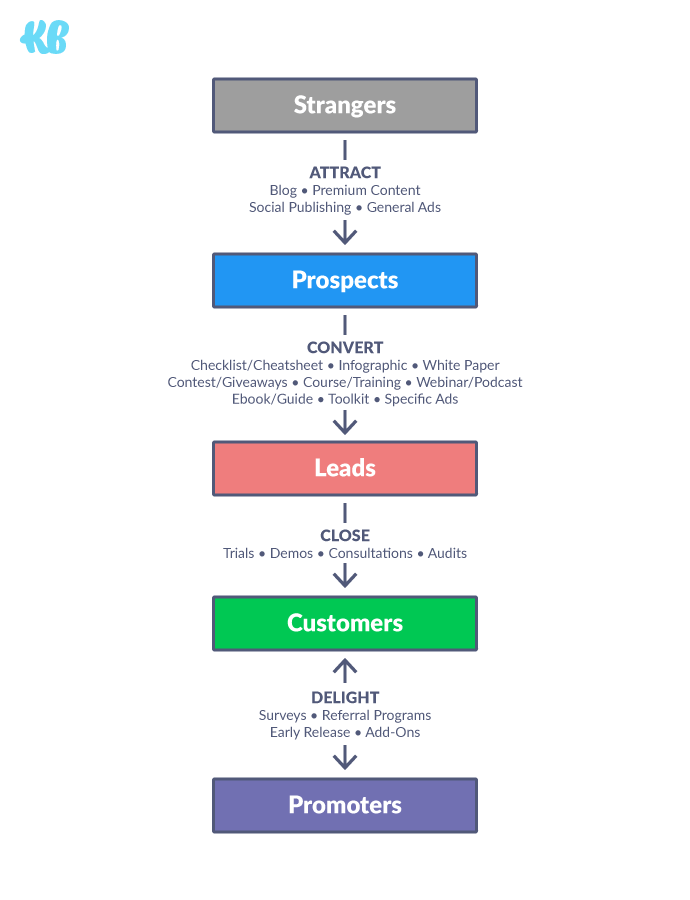
Post Engagement ads
These ads boost your page posts to encourage more likes, shares, comments, and views. You can use Facebook’s Lookalike Audiences to “connect to people on Facebook who are similar to your customers” (a.k.a. your warm audience), or create an audience using your target demographics in Custom Audiences. They appear in a person’s News Feed marked as Sponsored.

It should go without saying that you should only boost your most popular posts. Chances are if your existing audience likes a piece of content, others that are like them will too.
Page Like ads
The goal of a Page Like ad is, pretty unsurprisingly, to drive new audiences to like your Page. They target the Facebook Friends of people who already Like your Page or pop us as a Suggested Page in your chosen audience’s News Feed. They support both image and video content and are often used by businesses to target their competitor’s audiences.

The liked-by-a-friend feature provides great social proof, right off the bat, so many budding Facebook Entrepreneurs swear by Page Like ads.
Best practices
As well as investing in ads, you’ll want to pay attention to established best practices for driving Facebook audience growth, like:
- Joining relevant Facebook Groups, adding value and linking to your Facebook Page where appropriate (and only where appropriate)
- Answering comments on your Facebook Page posts and Ads
- Posting regularly to your Page to keep your audience engaged
Now your cold audience is warm, we can move onto the next stage of your funnel.
Demonstrate your value
Once you have your warm leads or know how to find them using Facebook’s Audience Insights tool, your next job is to hook them in.
For this, you need one of two things (or both, if you’re feeling froggy):
- A Facebook Group that addresses your audience’s need/s
- A lead magnet that is of value to your target audience
Facebook Groups
A well-managed Facebook Group can skyrocket your revenue. But not everyone gets it right. A successful group that shunts your leads along your sales funnel needs to:
- Add value by addressing audience pain points
- Be exclusive, e.g. offer something members can’t get elsewhere, like on your blog
- Be targeted towards your ideal customer (e.g. Ahrefs Insider knowledge sharing Group below)
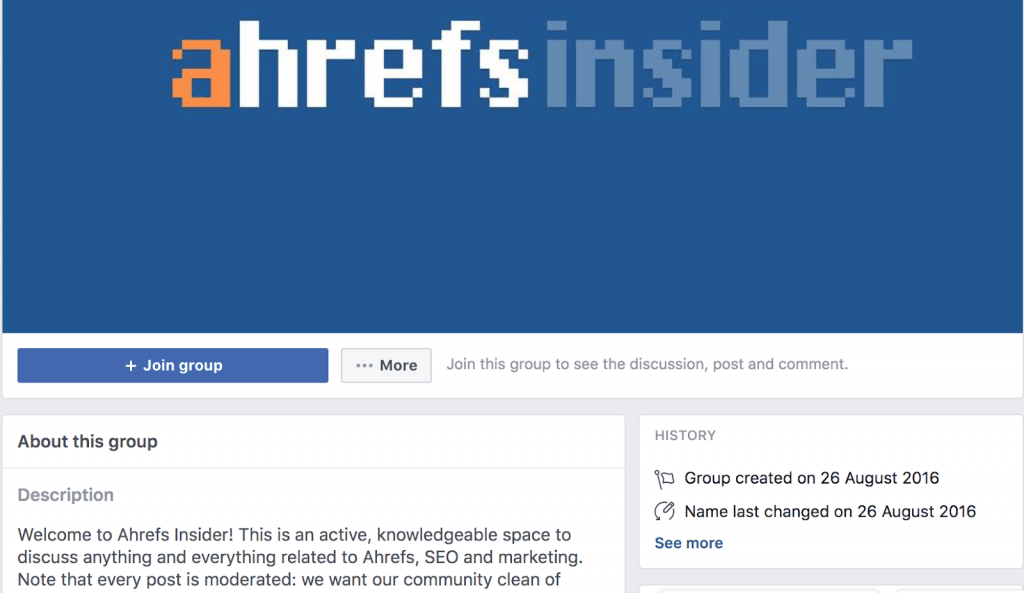
Used right, a Facebook Group can act as a lead magnet, demonstrating your business’s expertise and the value of your product.
Lead magnets
A lead magnet is a piece of content that is of value to your target audience and gives them an insight into, or proof of, the quality of your product/s (even though you’ve not mentioned them yet).
Worth mentioning: PDFs content is 34% more probable to convert than video.
A good lead magnet builds trust in your brand and what it offers. It might be:
- A free webinar that addresses a key pain point
- A downloadable PDF guide
- An online course that demonstrates your subject expertise
- A free trial of your product (e.g. Salesforce’s Carousel ad below)

Or a whole range of other things (the sky’s the limit guys). In your Facebook sales funnel, you’ll advertise your lead magnet to your warm leads via your Facebook Page and targeted ads. There are a couple of ad types I’d recommend for the job.
Video and Image ads
Whether you use video or image will depend on the type of lead magnet you have. If you’re plugging a webinar or free trial, you’ll want to use Video. For downloadable PDFs, Image ads are the best choice. Simply create a post on your Facebook Page, include a link to the lead magnet and boost it with a Page Engagement ad.

They can link to a landing page but don’t contain a specific CTA button like…
Lead Generation ads
These ads are designed to nurture leads. They can present an image, video or carousel and include a lead form for the Facebook user to engage with (e.g. Download, Sign Up). They come with a handy ‘Sign-up’ CTA and are easy to use because they’re mobile-friendly and the form fields come pre-populated with the user’s details.

To optimise your Facebook sales funnel, your Facebook Group or lead magnet needs to direct your audience to your product pitch, which is the next stage of your Facebook sales funnel.
Pitch your product
Most sales funnels include multiple product pitches at different price points.
Your initial pitch might be the lowest value subscription you offer or a prelude to your full course. Whatever it is, your goal is to convert your warm leads from freebie-snackers to paying customers.

The micro-conversions you’ve been building so far will soften the blow of your eventual hard sell (for leads that get that far).
Create a Custom Audience and link to Facebook Pixel and your website to keep track of your lead’s activity across your various landing pages. You can automate ads sequences that deliver your initial offer, followed by your higher value offers, i.e. profit maximisers.
Which bring us to…
Retarget your leads
You can automate your retargeting campaign using Custom Audiences and Facebook Pixel.
Retarget unconverted leads
There is no real hard and fast rule to retargeting but the general consensus is that four attempts can maximise conversions without trashing your reputation. Your Facebook retargeting strategy might look something like this:
- Remarket with a different content type, e.g. a video demonstrating your product instead of the image and landing page link you used before.
- Remarket with an email opt-in, a.k.a turn your non-purchasers into subscribers so you can warm them up again.
- Remarket with an exclusive or time-limited offer and add more social proof. Display a heavy discount and demonstrate your product’s value with a client list or case study.
- Remarket with the hard sell or direct sales pitch. Your leads won’t get any warmer, so this is the time to go in for the hard sell.
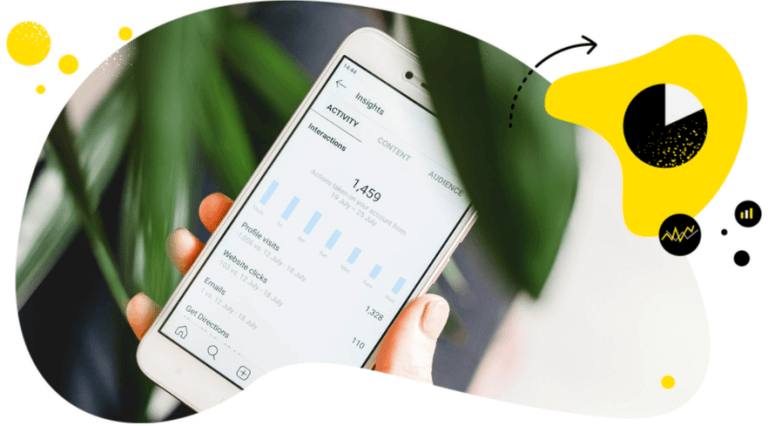
Social media management
Manage unlimited Facebook, Instagram, Twitter and LinkedIn pages in a single inbox. Track competitors and improve performance using simple dashboards.
Try NapoleonCat free for 14 days. No credit card required.
Retarget converted leads
Most serious sales teams will set up a retargeting campaign for converted leads as well. Generally, it will offer an initial, inexpensive product, followed by a core product of higher value and then profit maximiser products.
And if this all sounds a bit complicated, this flowchart from Digital Marketer should clear things up.

Encourage customer retention
Building loyalty post-purchase is essential to maximizing your campaign ROI.
Businesses that didn’t build a Facebook Group to demonstrate their value leading up to purchase can use one to keep hold of their new customers.
A Private Facebook Group can be used to offer:
- Free training to paying customers
- Exclusive discounts and offers to VIP members
- A space for users to share tips, tricks and hacks for using your products (e.g. Shopify’s eCommerce Group)
All of the above build customer loyalty by reinforcing their choice to purchase from your business. These methods also give you an opportunity to market add-ons, pre-release/early-bird products and referral campaigns that boost your Facebook marketing ROI.
The lowdown…
Facebook advertising has been a mainstay of digital marketing since the platform’s ads were developed way back in 2007. Its influence and reach make it one of the best places to generate sales on the web.
But without a well-defined plan, any attempt to connect is bound to be disappointing. So, remember, the road to success is paved with funnels and when they take full advantage of Facebook’s business features, those sales figures will keep on climbing.

